The Audubon Observer, November 2021
|
|
||||
PROJECT FEEDERWATCH STARTS NOVEMBER 13th
In fact, the more folks who participate in FeederWatch, the better! The information contributed by FeederWatch members gives scientists a far more accurate picture of bird abundance and distribution than any other method, so your contributions are important. You can count birds for as long as you like on days of your choosing, and then enter your counts online – FeederWatch makes it easy to participate. Project FeederWatch celebrated its 30th anniversary in 2017, and the huge amount of data that has been collected and analyzed to date has allowed scientists to make several important discoveries. For example, Northern Cardinals have significantly expanded their range since data collection began, as increasing numbers of FeederWatch participants in Maine, Minnesota, Michigan, and even southeastern Canada have been reporting Northern Cardinals at their feeders, a sight that was previously very rare.
Project FeederWatch is almost entirely supported by its members. An annual fee of less than $20 is all it takes to participate in this important initiative, so if you want your sightings this winter to help save the lives of birds, sign up today – the season starts November 13th! ~ Carol Bailey-White, President LIGHTS OUT NORTHEAST FLORIDA MID-SEASON UPDATE
Clearly, fall migration is a more dangerous time for migrating birds than spring. We are not 100% sure why this is the case, but one theory is that in the fall, many migrating birds are juveniles that have just fledged within the last few months. Juvenile birds that have never migrated before lack the experience of adult birds and may be more drawn to bright lighting at night and thus more prone to collisions with windows. Volunteers also found evidence of birds that were victims of predation; the assumption is that they were stunned by a window strike, making them easy pickings for stray cats or other predators in the area. It’s tough to be a bird. The fall data collection effort continues through mid-November and will start up again in mid-March 2022 for spring migration. We want to again express our deep appreciation for the dedication and consistency of our volunteers, without whom this work could not happen. Unfortunately, our Lights Out volunteer coordinator Carolyn Antman won’t be able to continue in that role next spring due to family obligations, so we are looking for a volunteer to take that on. Carolyn will be available to train her successor, so if you are interested, please get in touch with us at duvalaudubon@gmail.com. ~ Carol Bailey-White, President JACKSONVILLE BEACH MARINA DEVELOPMENT
The Sierra folks are concerned about possible impacts to the marshlands just north of the marina. They investigated the long-held belief that part of the marsh is a bird sanctuary. A deed from the original owner of the northern section of the marsh (from 9th avenue and north) to the City of Jacksonville Beach indeed designates that portion of the marshland as a bird sanctuary. The portion of the marsh just north of the marina is part of the parcel now owned by Windward. This land, about 600 acres, is designated as “conservation” or “estuarian wetlands” in Jacksonville Beach's 2010 and 2030 Comprehensive Plans. It is Sierra's intent to monitor any proposed changes to land use in both the Windward parcel and the Jacksonville Beach parcel of the marsh lands.
If you live in the area near the Intracoastal Waterway just north of Beach Boulevard and/or have made sightings of birds and other wildlife at this marsh, Sierra Club Northeast Florida Group wants to hear from you. Please reach out to conservation committee member Linda Bremer at linda@bremer.net for more information or with any sightings. ~ Carol Bailey-White, President, and Lucille Pendleton, Sierra Club Northeast Florida FIFTY YEARS AGO THIS MONTH
The following day, the Florida Times-Union quoted President Nixon as saying, “In order to protect Big Cypress Swamp from private development that would destroy it, and to insure its survival for future generations, it is now essential for the federal government to acquire this unique and vital watershed.” The purchase was completed and the park established on October 11, 1974. Today Big Cypress Swamp conserves over 729,000 acres and is open to the public for visitation. Their bird list includes over 190 species. So, the next time you are visiting Audubon’s Corkscrew Swamp or the Everglades National Park, take some time for Big Cypress National Preserve and think about how those actions fifty years ago had such a big positive impact on the future. ~ Carolyn Antman, Conservation Director for Duval County NOVEMBER ACTIVITIES Have you ever wondered what birds are found in Indonesia in June? How to keep track of your backyard visitors in a way that can be used by conservationists worldwide? Tips and tricks for submitting checklists from eBird Mobile? Join us on Monday, November 15th to learn more about eBird, one of the world's largest biodiversity-related science projects — available at your fingertips! Register here to participate in this free virtual presentation. Here are all of our upcoming activites for November:
Best wishes for a happy and healthy Thanksgiving. We look forward to seeing you soon! Duval Audubon Society, Inc.
|
||||

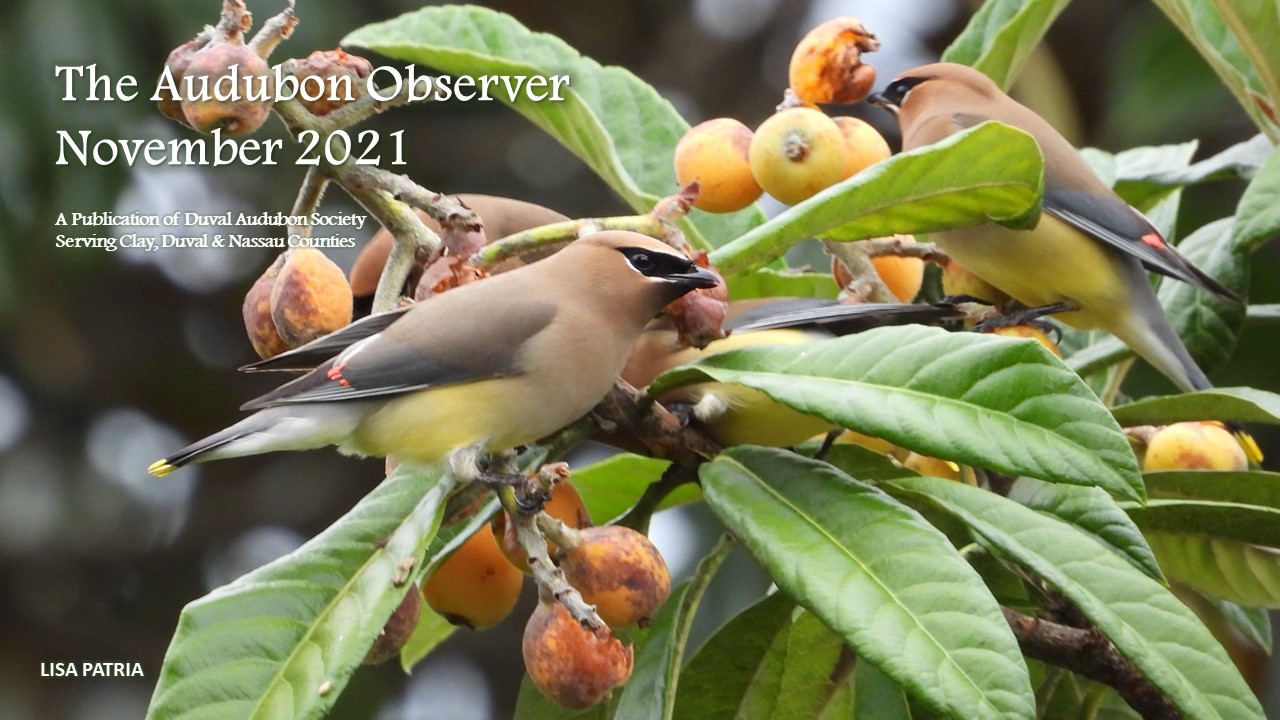
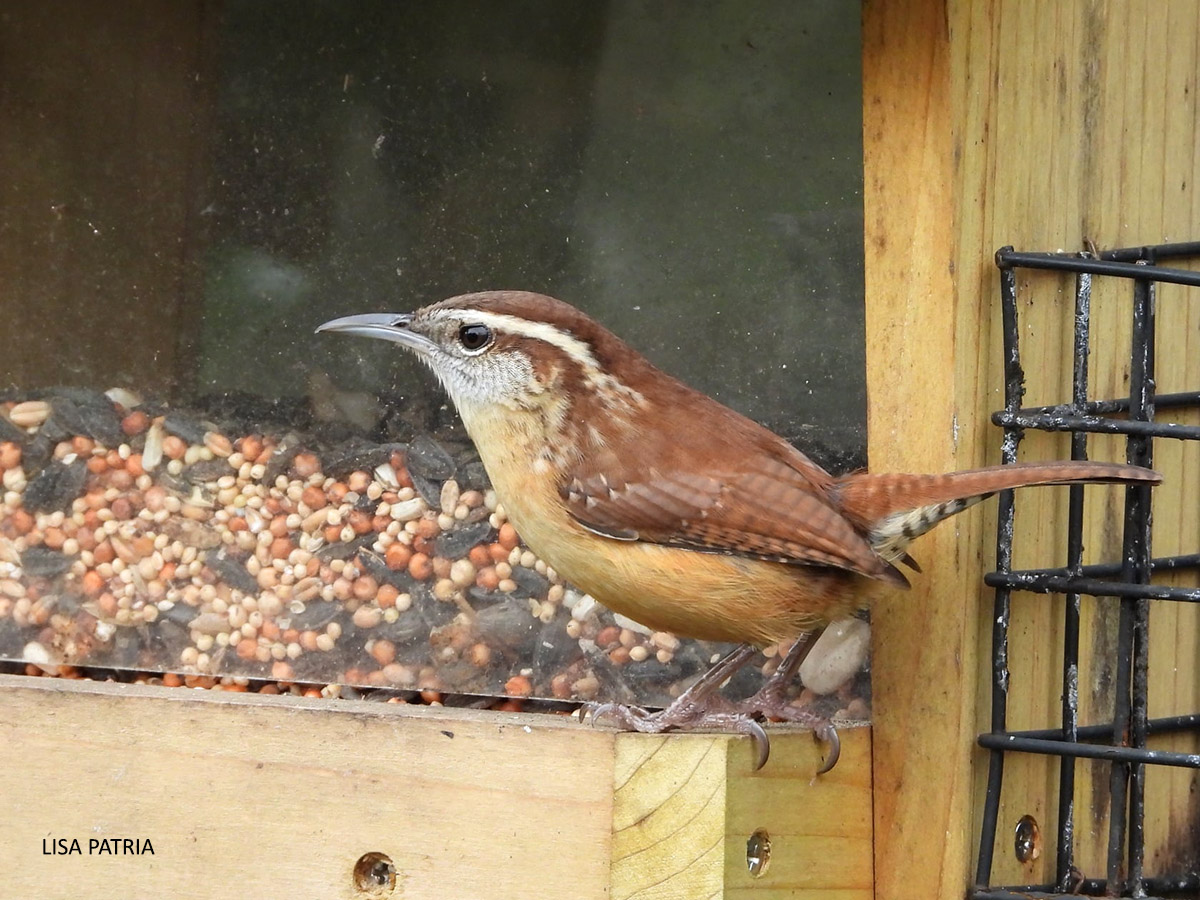 Do you have bird feeders in your landscape, or have a great habitat nearby that attracts birds? If so, you can participate in
Do you have bird feeders in your landscape, or have a great habitat nearby that attracts birds? If so, you can participate in 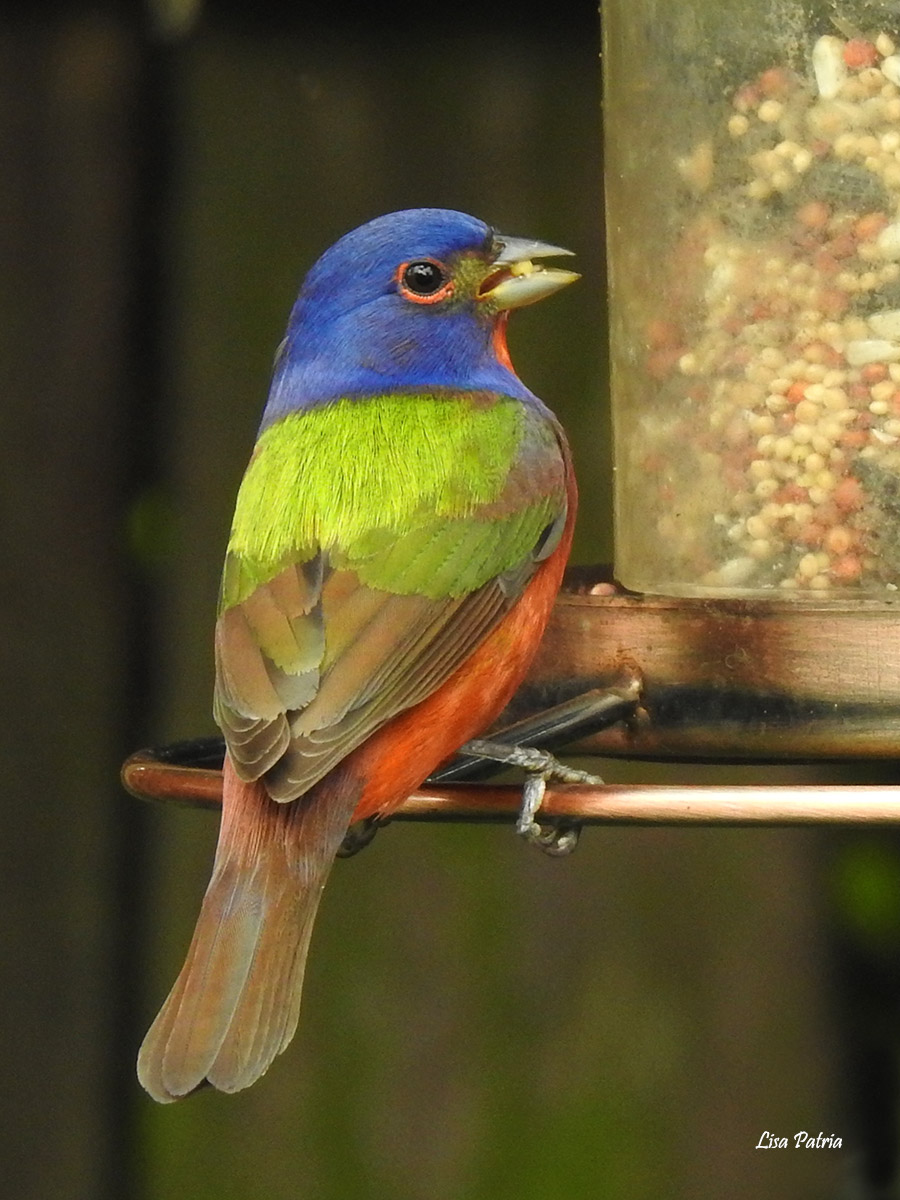 In contrast, FeederWatch contributions from Florida showed that the wintering population of
In contrast, FeederWatch contributions from Florida showed that the wintering population of 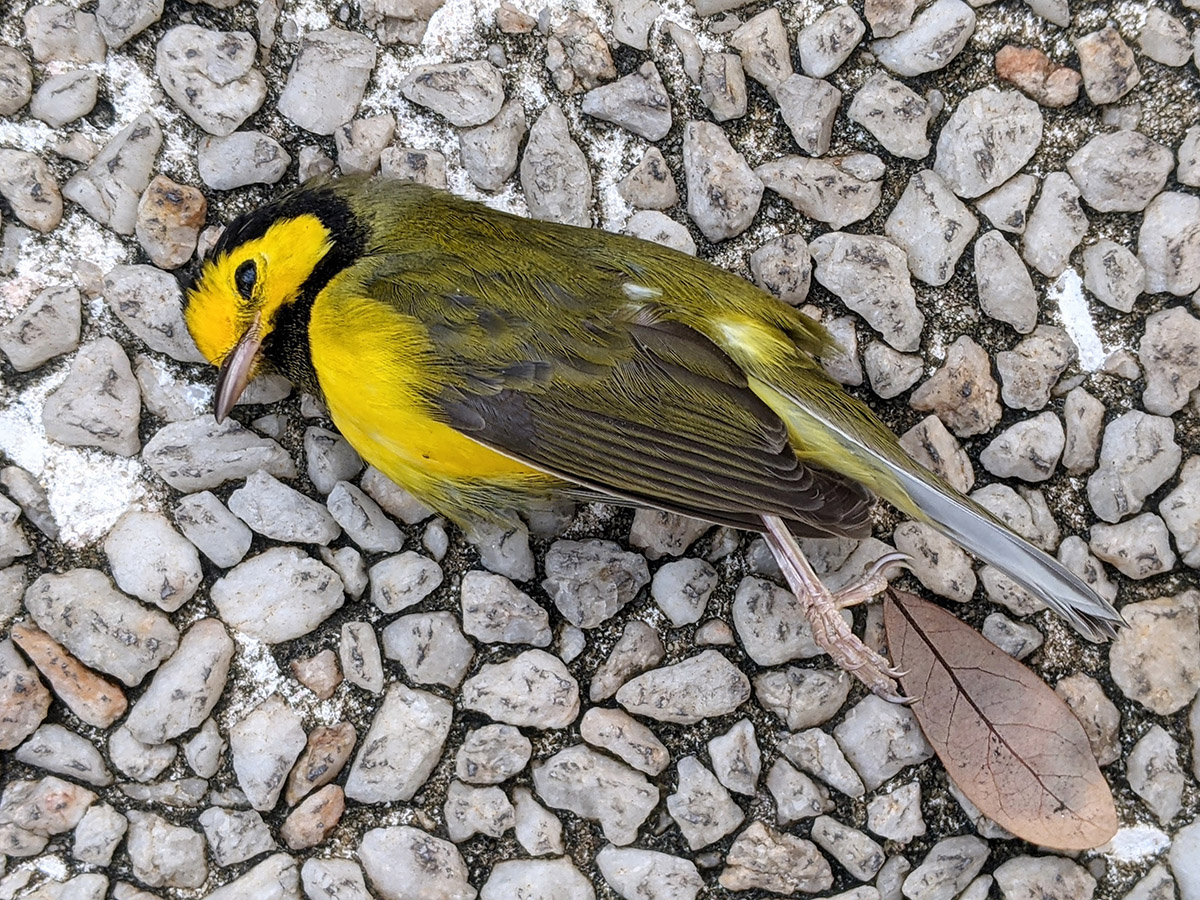 Our
Our 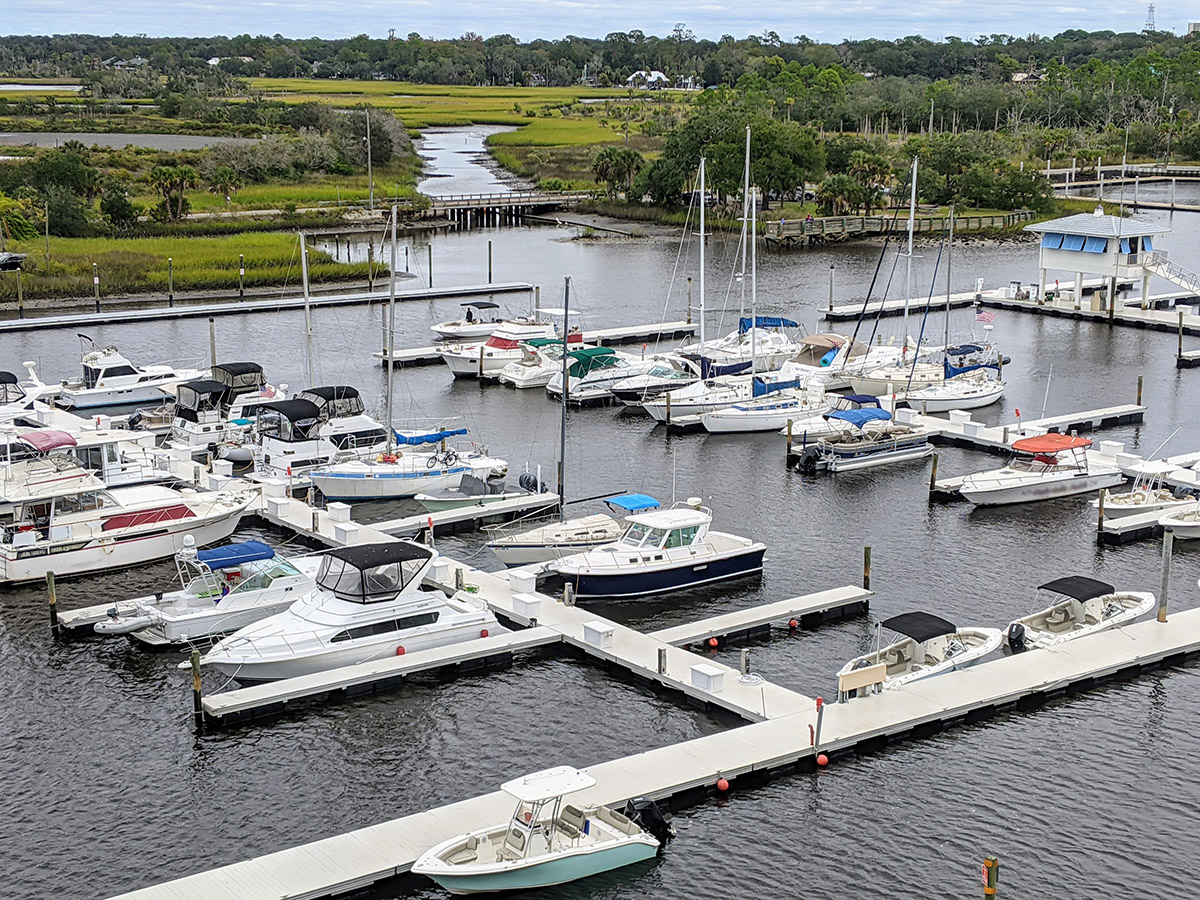 Representatives from the
Representatives from the 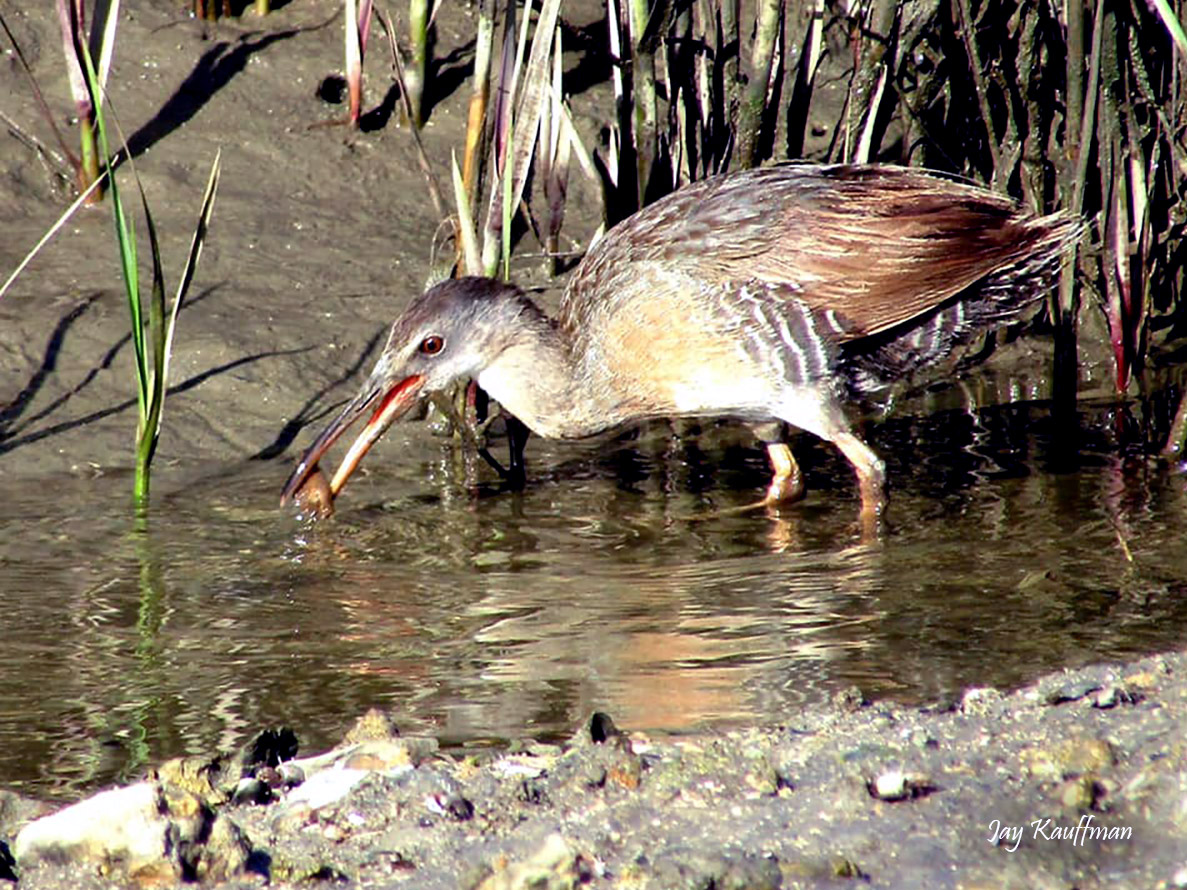 Sierra reached out to us for information about the birds and other wildlife species that rely on those marshes for their survival. Unfortunately, there isn’t a lot of data available on
Sierra reached out to us for information about the birds and other wildlife species that rely on those marshes for their survival. Unfortunately, there isn’t a lot of data available on 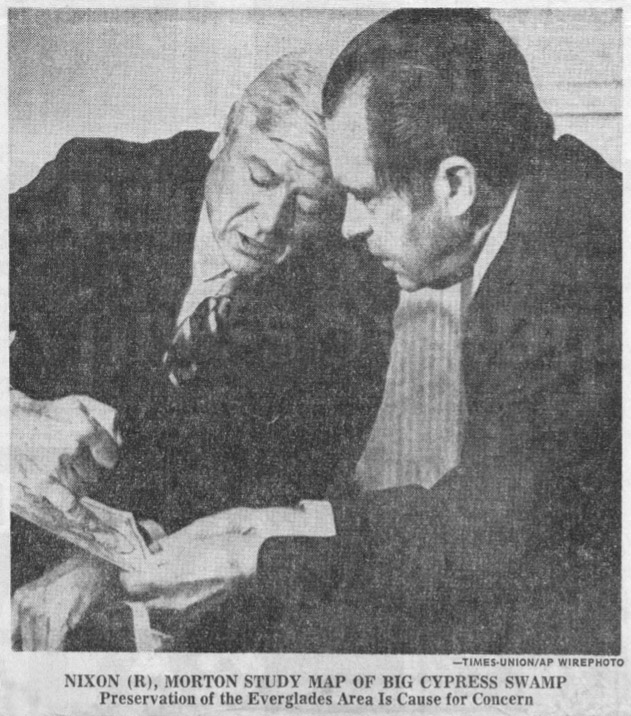 On November 23, 1971, President Nixon asked Congress to purchase a half-million acre area adjoining the National Everglades Park at the northwest called Big Cypress Swamp. At the time, the area was owned by about 21,000 private individuals and was valued at $156 million. For the Federal government to acquire this area was a huge step in conservation, preventing the land from being developed or drained and farmed.
On November 23, 1971, President Nixon asked Congress to purchase a half-million acre area adjoining the National Everglades Park at the northwest called Big Cypress Swamp. At the time, the area was owned by about 21,000 private individuals and was valued at $156 million. For the Federal government to acquire this area was a huge step in conservation, preventing the land from being developed or drained and farmed.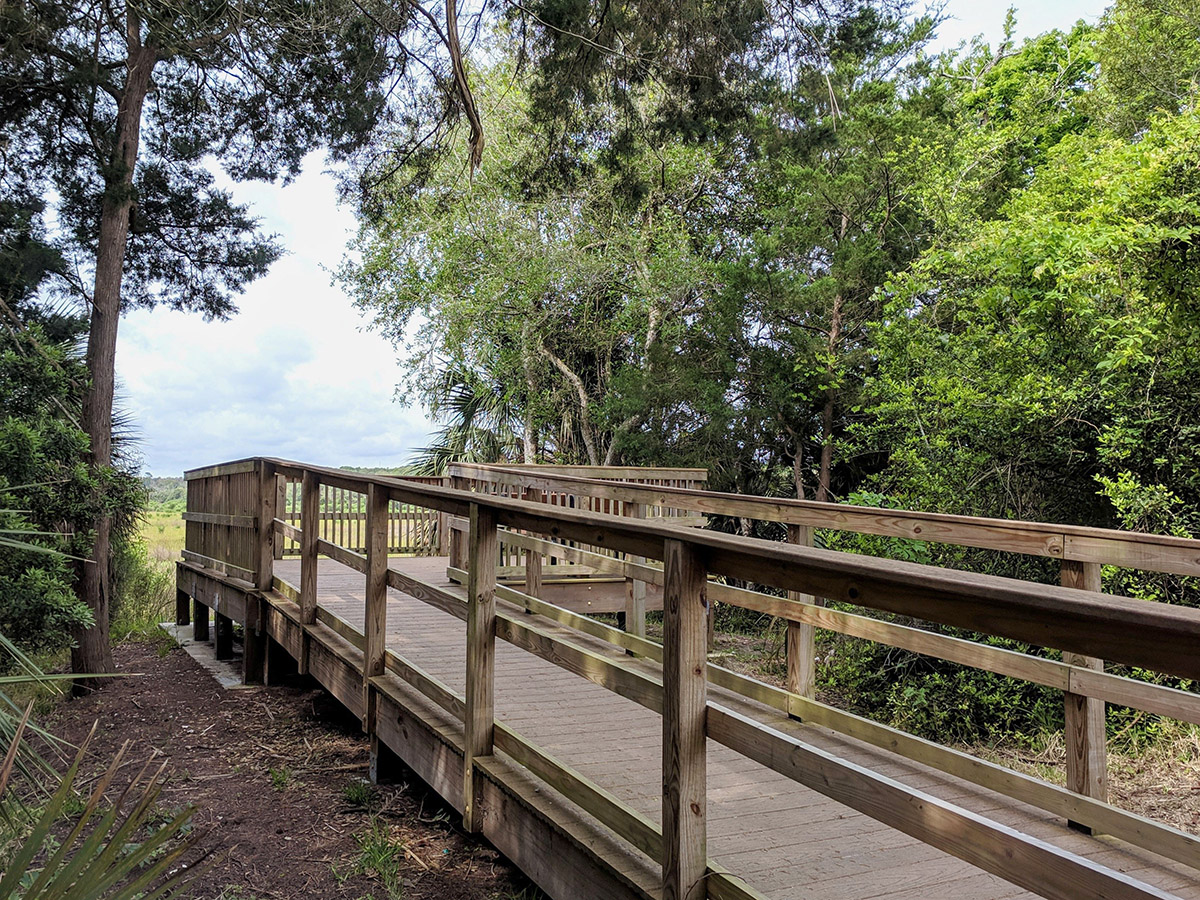 Field Trip @ Egans Creek Greenway
Field Trip @ Egans Creek Greenway